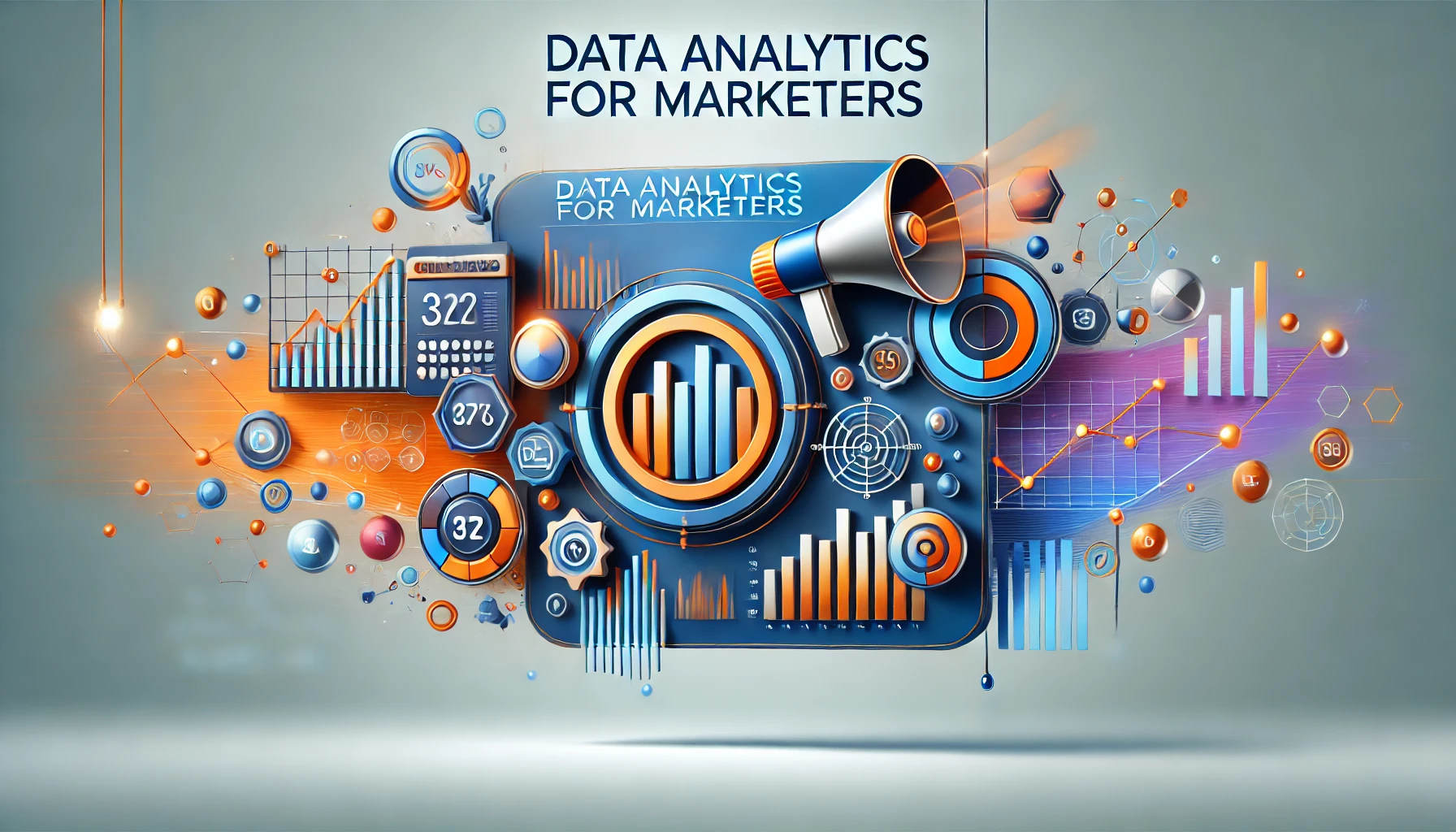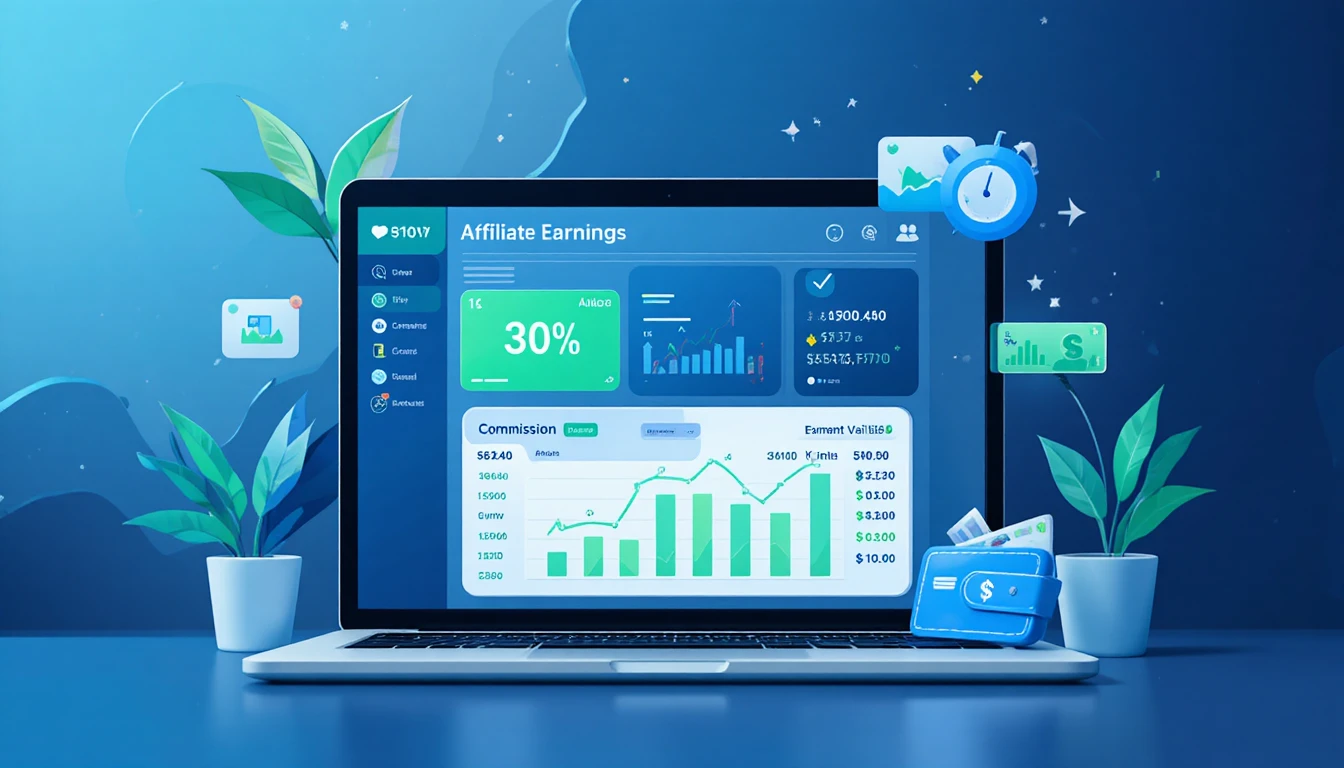In today’s fast-paced and digital-driven world, marketing isn’t just about creativity anymore. It’s about numbers, patterns, and insights. This is where Data Analytics for Marketers comes into play. Imagine having a crystal ball that shows you what your customers want, how they behave, and what might make them choose your product over your competitors. That’s the power of data analytics in modern marketing.
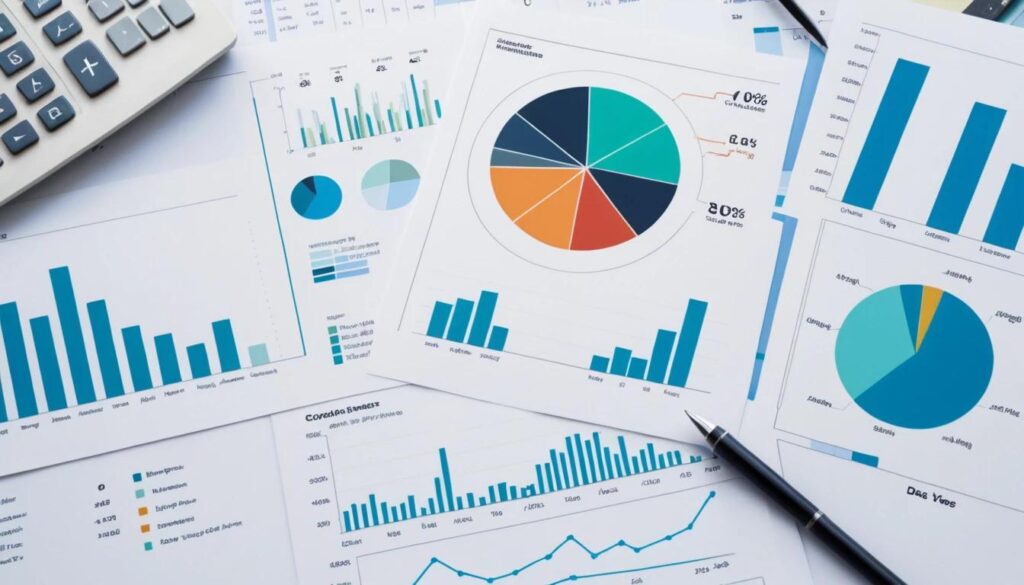
Gone are the days of guessing and hoping campaigns work. Now, marketers have a wealth of information at their fingertips. By harnessing data analytics, you can make smarter decisions, spend budgets more efficiently, and create campaigns that truly resonate with your audience. This blog will guide you through the essentials of Data Analytics for Marketers, showing how it can transform the way you work and deliver measurable results.
Table of Contents
Why is Data Analytics Important for Marketers?
Marketing has evolved. From billboards and radio ads to targeted social media campaigns and email marketing, the landscape has shifted dramatically. With this shift comes the challenge of reaching the right audience at the right time. Data analytics bridges this gap.
- Better Audience Understanding: Data analytics helps you understand who your audience is. From demographics to buying habits, it provides valuable insights that allow marketers to create more personalized campaigns.
- Improved ROI: By analyzing data, marketers can focus on strategies that yield the best results, cutting down on unnecessary spending and improving return on investment (ROI).
- Predictive Insights: With predictive analytics, you can anticipate trends and customer behaviors, staying ahead of the competition.
- Optimization of Campaigns: Data analytics offers real-time insights, enabling marketers to tweak campaigns on the go for maximum effectiveness.
Key Components of Data Analytics for Marketers
To fully leverage the potential of Data Analytics for Marketers, you need to understand its core components:
1. Data Collection
The foundation of analytics is data. Marketers gather information from various sources:
- Website analytics tools like Google Analytics
- Social media platforms like Facebook Insights and Twitter Analytics
- CRM systems
- Email marketing tools
2. Data Analysis
Once data is collected, it needs to be analyzed. This step involves identifying patterns, trends, and insights that are actionable.
3. Data Visualization
Raw data can be overwhelming. Data visualization tools like dashboards, charts, and graphs make the information easier to interpret and share with your team.
4. Decision-Making
The ultimate goal of data analytics is to support decision-making. Whether it’s launching a new product or optimizing ad spend, data-driven decisions lead to better outcomes.
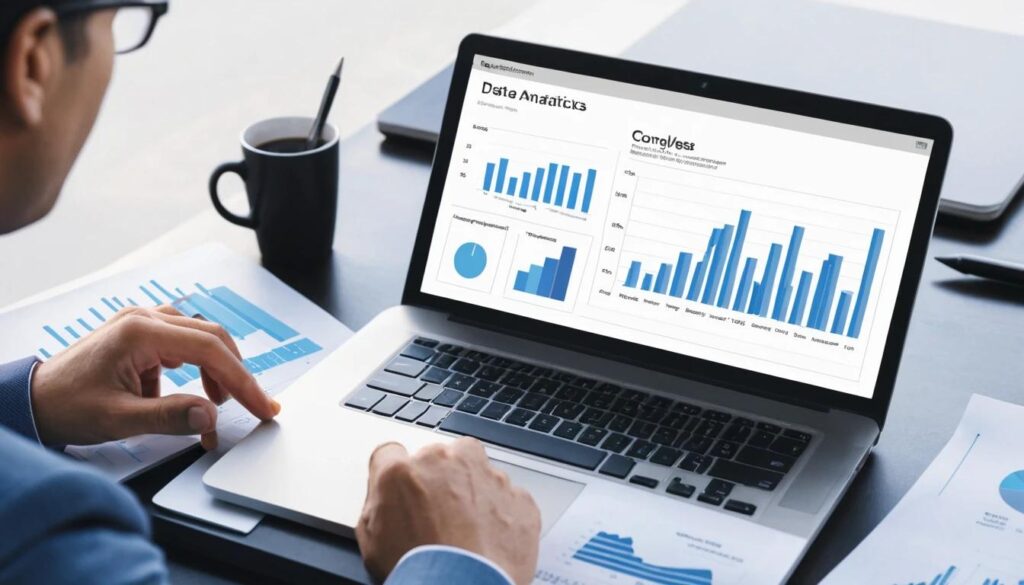
How to Get Started with Data Analytics for Marketers
If you’re new to the world of data analytics, don’t worry. Here’s a simple step-by-step guide to get started:
1. Define Your Goals
Before diving into data, clarify your marketing objectives. Do you want to increase website traffic? Boost sales? Improve email open rates? Clear goals will guide your analytics efforts.
2. Choose the Right Tools
Invest in analytics tools that suit your needs. Some popular options include:
- Google Analytics: For website traffic and user behavior
- HubSpot: For CRM and inbound marketing
- Tableau: For data visualization
3. Collect Data
Set up tracking mechanisms to collect data from all touchpoints. Ensure your website has tracking pixels and your social media accounts are linked to analytics tools.
4. Analyze and Interpret
Dive into the data and look for actionable insights. For example, if a particular blog post drives more traffic than others, analyze why it’s performing better.
5. Apply and Test
Use the insights gained to make changes to your campaigns. Test different strategies to see what works best.
Applications of Data Analytics for Marketers
Here’s how data analytics can help in various areas of marketing:
1. Customer Segmentation
Not all customers are the same. Data analytics allows marketers to segment their audience based on age, location, preferences, and buying habits. This helps in creating targeted campaigns.
2. Content Marketing
Data analytics can reveal what type of content resonates most with your audience. Use this information to create blogs, videos, and social media posts that capture attention.
3. Social Media Marketing
Social media platforms provide detailed analytics. Marketers can see which posts have the highest engagement, the best times to post, and even demographic insights about followers.
4. Email Campaigns
Track open rates, click-through rates, and conversions. Use this data to refine email subject lines, content, and calls-to-action.
5. Paid Advertising
Platforms like Google Ads and Facebook Ads have robust analytics dashboards. Marketers can monitor ad performance and optimize campaigns for better results.
Challenges in Using Data Analytics for Marketers
While the benefits are immense, there are some challenges:
1. Data Overload
With so much data available, it’s easy to get overwhelmed. The key is to focus on metrics that align with your goals.
2. Privacy Concerns
With increased scrutiny on data privacy, marketers must ensure they comply with regulations like GDPR and CCPA.
3. Skill Gap
Interpreting data requires a certain level of expertise. Investing in training or hiring skilled professionals is crucial.
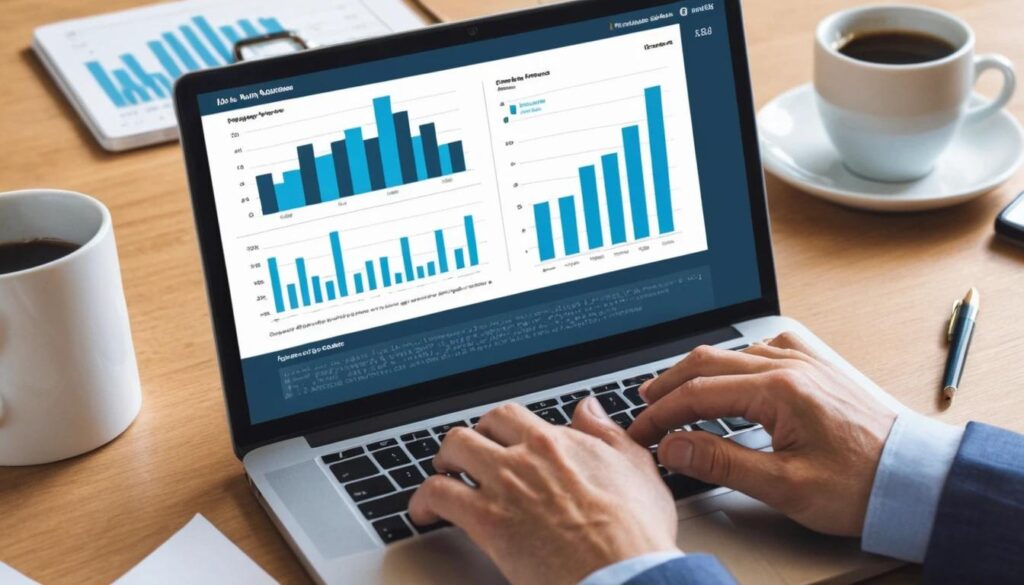
The Future of Data Analytics for Marketers
As technology evolves, the role of data analytics in marketing will only grow. Artificial intelligence (AI) and machine learning (ML) will enable even deeper insights. Predictive analytics will become more accurate, helping marketers anticipate customer needs before they arise.
The integration of augmented reality (AR) and virtual reality (VR) with data analytics will create immersive marketing experiences. For example, brands might use AR data to offer personalized virtual try-ons for customers.
Conclusion
Data Analytics for Marketers is no longer optional; it’s essential. By embracing data-driven strategies, marketers can make informed decisions, connect with their audience on a deeper level, and achieve their business goals more efficiently.
In a competitive market, those who use data analytics effectively will stand out. So, take the leap, invest in the right tools, and start leveraging data analytics to transform your marketing game.
FAQs
What is Data Analytics for Marketers?
Data Analytics for Marketers is the process of collecting, analyzing, and using data to improve marketing strategies and achieve better results.
How can data analytics improve marketing campaigns?
Data analytics provides insights into customer behavior, preferences, and trends, helping marketers create more targeted and effective campaigns.
What tools are best for data analytics in marketing?
Popular tools include Google Analytics, HubSpot, Tableau, and social media analytics platforms like Facebook Insights.
Is data analytics only for big companies?
No, businesses of all sizes can benefit from data analytics. Many tools are scalable and affordable for small businesses.
How can I learn more about data analytics for marketing?
You can take online courses, read blogs, and experiment with analytics tools to gain hands-on experience.

